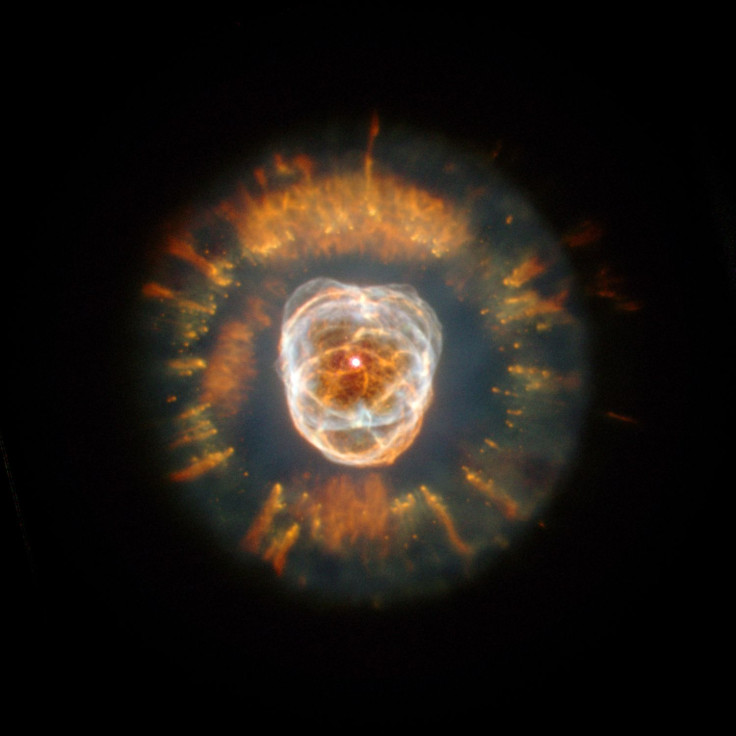NASA To Reevaluate Celestial Object Nicknames Deemed Insensitive
KEY POINTS
- NASA will reevaluate some of the cosmic object nicknames considered insensitive
- It will no longer use nicknames such as 'Eskimo Nebula' and 'Siamese Twins Galaxy'
- The move is part of the agency's commitment to inclusion and diversity
NASA will no longer use certain celestial object nicknames that are deemed insensitive and even harmful. The move is a part of the agency's commitment to inclusion and diversity.
Celestial objects often have official names that are a combination of letters and numbers corresponding to certain characteristics. For instance, Supernova 1987A is a supernova first observed in 1987. Since then it has been called SN1987A.
Some celestial objects also have unofficial "nicknames", given to them based on certain characteristics they possess. Such is the case for Barnard 33 and its nickname "the Horsehead Nebula" for its shape that resembles the head of a horse.
In a statement, NASA announced it will reexamine the use of these unofficial nicknames as some of them appear harmless but are actually insensitive and even "actively harmful." The move is a part of the agency's effort to address inequality and discrimination in "all aspects of the field."
As a first step, the agency will stop referring to nebula NGC 2392 with the nickname "Eskimo Nebula," which was given as its formation resembled a person's head surrounded by a parka hood.
The term "Eskimo" has long been used to refer to the native people of Alaska as well as other Arctic regions, but it is actually considered by many as a derogatory term that was widely used by racist, non-native colonizers.
In an image of NGC 2392 that was captured by the Hubble Space Telescope in 2000 and shared by NASA in 2008, there is now a note explaining that the nickname will no longer be used.
"As of Aug. 1, 2020, NASA no longer refers to nebula NGC 2392 as the "Eskimo Nebula," as it can be considered an insensitive and offensive term," the editor's note reads.

Another nickname that NASA will stop using is the "Siamese Twins Galaxy," which refers to NGC 4567 and NGC 4568. They were called as such because they are so close to each other that they appear to be connected.
The term "Siamese twins" has been used to describe conjoined twins for many years because of a 19th-century show where people paid to see a pair of conjoined twins who came from Thailand, which was previously called Siam. Since then, the term "Siamese twins" has been used by many to refer to conjoined twins even if they are not from Thailand.
Now, NASA will simply use the official names for the celestial bodies if the previous nicknames are deemed as inappropriate.
"I support our ongoing reevaluation of the names by which we refer to astronomical objects," associate administrator of NASA's Science Mission Directorate, Thomas Zurbuchen, said in a news release. "Our goal is that all names are aligned with our values of diversity and inclusion, and we'll proactively work with the scientific community to help ensure that. Science is for everyone, and every facet of our work needs to reflect that value."
To do this, NASA will work with inclusion, diversity and equity experts to guide and recommend the agency on the other nicknames to be reviewed.
"These nicknames and terms may have historical or culture connotations that are objectionable or unwelcoming, and NASA is strongly committed to addressing them," Stephen T. Shih, associate administrator for Diversity and Equal Opportunity, said. "Science depends on diverse contributions, and benefits everyone, so this means we must make it inclusive."
© Copyright IBTimes 2024. All rights reserved.






















